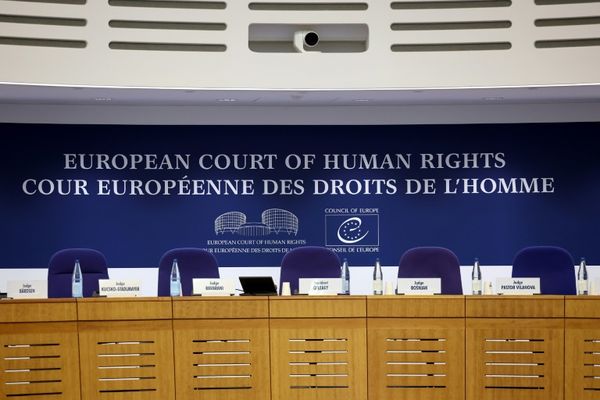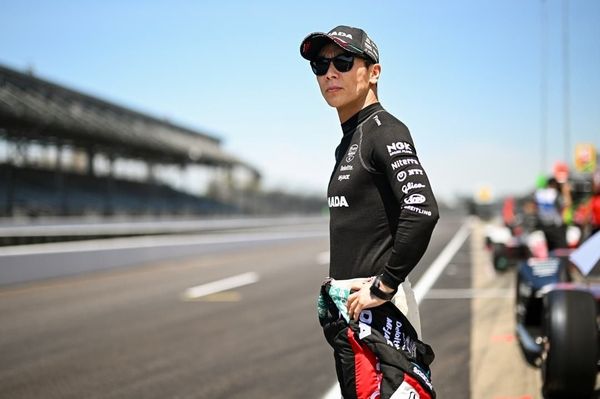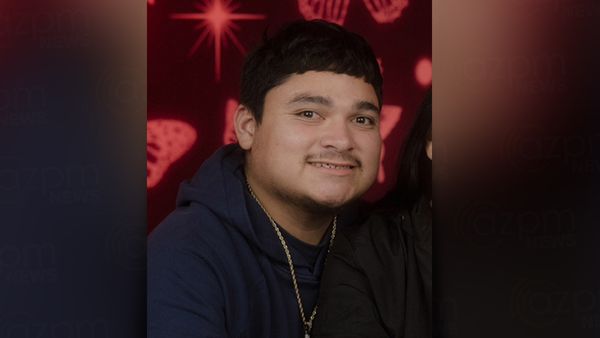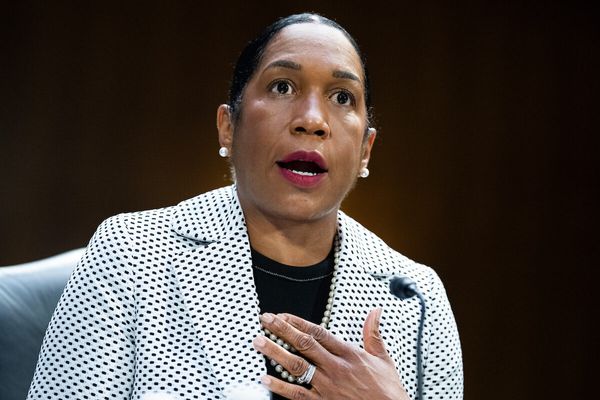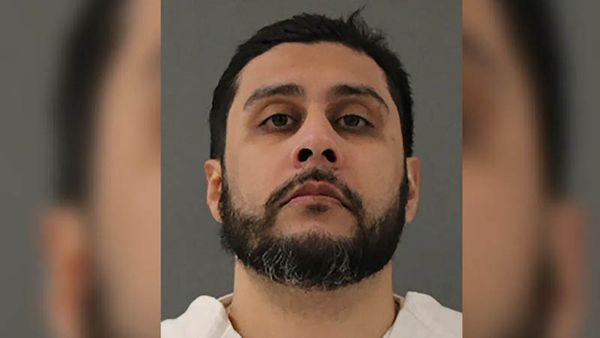
Paris-Roubaix is always great to watch, but it’s also a crazy race. No matter who wins, you always come away wondering – what if? Across those sectors of pavé, there are always so many incidents and little pieces of bad luck that can add up to make a big difference at the end.
Mathieu van der Poel completed a wonderful cobbled Classics campaign with a solo victory. But when his longstanding rival Wout van Aert reached the velodrome, he must have been wondering how different the outcome could have been without two critical punctures.
Yes, two punctures. Van Aert’s puncture on the Carrefour de l’Arbre, just when he went on the attack, will be remembered as the defining image of the finale, of course. But his Jumbo-Visma teammate Christophe Laporte’s puncture in the Trouée d’Arenberg 70km earlier had already changed the dynamic of the race.
Jumbo had made quite an unexpected move with their attack on the cobbles at Haveluy. They split the race there and it was the key moment, because this was basically the beginning of the winning move, with more than 100km to go. It also looked like a good situation for Van Aert because he looked really strong, and he had Laporte with him.
But in the Forest of Arenberg, Laporte punctured, and I think this was really decisive. It influenced Wout’s tactics from there, because now he was suddenly outnumbered by Van der Poel, who had two Alpecin-Deceuninck teammates – Jasper Philipsen and Gianni Vermeersch – for company at the front. We don’t know what the outcome would have been if Laporte hadn’t punctured, but his absence certainly influenced Wout’s race tactics and mentality from there on.
With Laporte, Jumbo would have had another option and a rider to send on the attack or to control the group. I mean, just look at how well Philipsen rode for Van der Poel. Without Laporte, Wout instead had to race differently.
In the end, Mathieu attacked two or three times, whereas Wout was just following. For me, that was a sign that Wout was planning to go once and to go really deep – so deep that no one else could follow. That’s certainly what I was thinking while I was watching the race.
Mathieu’s attacks hurt – you could see it on Stefan Küng’s face when he accelerated after Mons-en-Pévèle – but at times, he was also looking tired and fatigued. I don’t know if that was just a bluff for the cameras or if he was really feeling the strain from a race run off at 47kph.
Van Aert didn’t attack as much, but his two big efforts seemed to do more damage. The first one, between Haveluy and Wallers, split the race and I think it was very costly for Filippo Ganna, who had to use up a lot of energy – too much, perhaps – to get back on. Wout’s second attack, on the Carrefour de l’Arbre, also put everybody in difficulty. It took Mathieu a little while to get back to him there – and even when he did catch up, was that because of the puncture?
We’ll never know. In the end, I don’t think it’s simply that Mathieu was the strongest on Sunday. I’m not sure that he was. But Paris-Roubaix isn’t just about being strong, it’s also about avoiding bad luck.
And I think Van Aert’s puncture was indeed a case of bad luck. Jumbo had this adjustable pressure system, and I don’t know if Wout was on tubular or tubeless, but this looked like a snake bite puncture to me.
In any case, I don’t think it was an error by Wout, I don’t think you can say that he took a bad line. It certainly wasn’t any different to how Van der Poel was riding on the cobbles. He could have had various punctures too – but he didn’t.
It’s sad when you have two great rivals like that at the front only for bad luck to make such an impression. But that’s part of the game, that’s part of the race. That’s Paris-Roubaix.
Degenkolb
Bad luck was also a factor for John Degenkolb, who surprised me in a really good way with his performance. I was very happy to see him up there fighting for the win again and then I was really sorry to see how his challenge was ended by a crash.
I don’t think anybody was really at fault, it was just one of those things that can happen at a race like Paris-Roubaix. Mathieu wanted to try to attack just as Degenkolb was coming up, and they couldn’t avoid it. Mathieu, on the other hand, almost crashed again when he was by himself in front at Hem, but he managed to stay upright. A few millimetres can make all the difference.
Stefan Küng, meanwhile, was one of the few guys at the front of the race to avoid any crashes or punctures or near misses. He did everything right, really, but he just had an empty tank at the end when Wout and Mathieu went. Ganna had probably spent too much energy chasing back on across the Arenberg, but he was in the same situation as Stefan in the finale.
It’s hard for Stefan and Filippo, because they showed they can transfer their power to the cobbles of Roubaix, but they just came up against guys who were better than them. It’s as simple as that. On one hand, it’s quite frustrating. On the other, it's just the reality of the race.

Van der Poel gets balance right
Paris-Roubaix isn’t just about the decisions you take in the race, of course, it’s also about the decisions you make beforehand. At the end of a super crazy Classics campaign, Mathieu has come away with two Monuments, whereas Wout has had to settle for a win in E3 Harelbeke.
Wout was lacking a bit of luck, but he was also missing something in his condition, at least in the races before Paris-Roubaix. In future, maybe he needs to focus more specifically on the Classics, because you can’t do everything. Maybe that was the difference between him and Mathieu this Spring.
Mathieu still does cyclocross and mountain biking, but on the road, he has focused very much on the Classics, and we can see the results. Wout, on the other hand, has been going for sprints and time trials and climbing in recent years, all while doing cyclocross in the winter.
Even though Mathieu actually did one cyclocross race more last winter, I still feel like Wout had a heavier cyclocross programme, especially because of how he raced so much in December and January. Mathieu did a little bit less then and that’s paid off with a little bit extra here in the Classics.
You can’t do everything all the time. One day you pay for that. I think Ganna is in a similar position to Wout, as I think he would benefit from putting the track aside and focusing more fully on the road. When I was racing myself, I eventually had to choose between the time trials and the Classics. I realised that when you do something, you have to do it properly.
A week ago, we were all wondering if Tadej Pogacar could win all five Monuments, and now the same questioned will be asked of Van der Poel, who has won Milan-San Remo, the Tour of Flanders and Paris-Roubaix.
Mathieu finished 6th in Liège-Bastogne-Liège and 10th at Il Lombardia in 2020, which shows his range, but I still think it will be really, really difficult for him to complete the full set. At Il Lombardia, that long climb before Como is too hard for him, I think, even if it’s probably worth trying.
But that’s for the future. Right now, Mathieu can celebrate a Spring where he got it just right.
